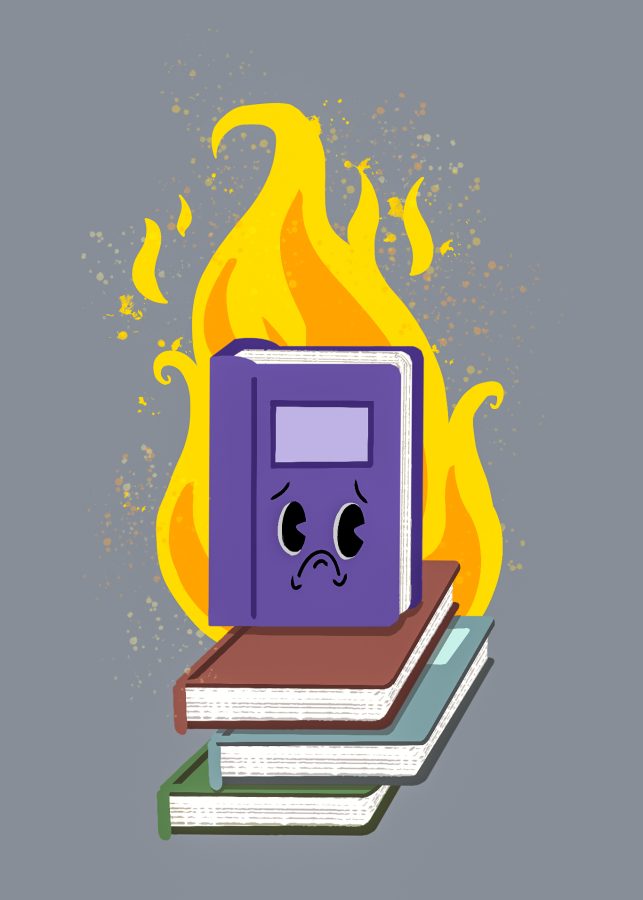Challenging the books taught in schools and allowed in libraries has been a debate for many years. Arguably, one of the most important decisions regarding this debate was the 1982 U.S. Supreme Court ruling in the case of Board of Education, Island Trees Union Free School v. Pico, which declared that “local school boards may not remove books from school library shelves simply because they dislike the ideas contained in those books.”
Despite this ruling, issues of what literature is appropriate and inappropriate, especially in the case of children, has been debated in the years following. The resistance to some books can be seen today with the upticks of schools banning books, removing novels from their curriculum, and recent book burnings.
According to the American Library Association, the banning of books and the requests to ban books has been at an all time high the past six months. They reported 330 challenged books in fall of 2021. There were only 156 in all of 2020.
The Director of the American Library Association’s Office for Intellectual Freedom, Deborah Caldwell-Stone, said in her “twenty years with ALA, [she] can’t recall a time when we had multiple challenges coming in on a daily basis.”
The American Library Association estimates that between 82 percent to 97 percent of challenges to books go unreported. Schools, occasionally, have even covered up these challenges. In one case, around 12 years ago, a Missouri student sent Freedom of Information Act requests regarding banned books, and they uncovered 83 challenges that year; the American Library Association had knowledge of only 12 percent of them.
Florida conservatives have started an initiative seeking to ban 16 books from the Polk County Public Schools District. Texas parents have reportedly requested the banning of 75 novels within the first four months of the school year, when, comparatively, only one book ban was requested within four months of the prior school year.
Books that have been banned span from “Maus” by Art Spiegelman, a story capturing the era of the Holocaust, to “Bluest Eye” by Toni Morrison, which depicts the trauma of growing up in a racist America.
The American Library Association reported that the most challenged book of 2020 was about a transgender girl who people misidentify as a boy named George. The book was originally published in 2015 and was rereleased entitled “Melissa” to properly identify the protagonist of the novel. Novels that are traditionally used to illustrate the trauma, history and identities of marginalized groups are being removed from libraries across the country.
Recently, the banning of books escalated to book burnings in Mt. Juliet, Tenn.
On Feb. 2, a pastor at Global Vision Bible Church named Greg Locke led a book burning protest and live-streamed the burnings on Facebook. The books were burned for what Locke declared, “demonic” content, and included books such as the “Harry Potter” series and the “Twilight” series.
Locke acknowledged the possible reception of his burnings and welcomed it.
In a Facebook post, which has since been removed, Locke wrote: “We will be in our continued series on Deliverance from Demons. We have stuff coming in from all over that we will be burning. We’re not playing games. Witchcraft and accursed things must go.”
The bans and burnings of books across the United States have raised questions of censorship and the importance of access to multiple perspectives, narratives and the freedom to choose what one would like to be exposed to.
The rise in banned book requests and the book burnings in Tennessee
By Sean Liddy
|
February 18, 2022
A depiction of books burning. Photo by Bianca Oppedisano / Mass Media Staff
Contributors
Sean Liddy, News Writer
Bianca Oppedisano, Illustrator

